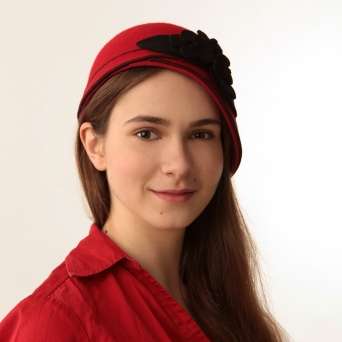As the program notes for San Francisco Opera’s Ring assert, the cycle hinges on love. Das Rheingold can sometimes seem empty. Love is renounced; family members enslave, murder and sell each other. Romantic politics are absent from this prologue, though they will drive the plot in the cycle proper. It’s a testament to SFO’s success, then, that their Rheingold was full of excitement and emotion. A well-crafted production and the highest musical values got this Ring off to a very promising start.
Donald Runnicles and the San Francisco Opera Orchestra delivered Wagner’s music as I have never heard it before. Even the steady calm of the prelude’s opening drone had gripping power, and it swelled to a sound at once exuberant and tightly controlled. Under Runnicles’ baton, the music was not just full of exciting dynamic and textural variation, but also a driving dramatic force.
A cast without a single weak link completed this Rheingold’s musical excellence. Crisp diction from all singers brought out the alliteration and onomatopoeia in Wagner’s text (aspects ignored in the supertitle translations). From the first “Weia! Waga!”, Stacey Tappan’s sparkling sound as Woglinde set a high bar. The three Rheinmaidens (Lauren McNeese as Wellgunde and Renée Tatum as Flosshilde) were ringing in voice and playful in spirit, especially when singing together. Contrasting with them was Falk Struckmann’s gruff, fast-talking Alberich, who manipulated the colors in his voice to suit casual flirting; harsh orders; and a frightful, resounding curse. As his brother Mime, David Cangelosi was clearly a nasty piece of work, with a raspy sound and spry movement.
Up among the gods, Greer Grimsley deployed substantial squillo as Wotan – a character so familiar to him that his acting seemed as natural as breathing. I would not want to anger Jamie Barton’s fierce Fricka, or Ronnita Miller’s imperious Erda. The giants (cleverly costumed to be truly giant, but still proportional) boomed out their parts, Andrea Silvestrelli (Fasolt) in a cavernous bass and Raymond Aceto (Fafner) in drier, more gravelly sound. The standout in Rheingold was Štefan Margita’s Loge, a slick, chatty lawyer with a sunny tenor voice and the most three-dimensional characterization of the cast. I found myself wishing Loge appeared in later Ring operas, just so that we could hear more from him.
Francesca Zambello’s production tells the story in clear, broad strokes. Colored light floods from the floor, legs, and projected backdrop, creating color palette motifs to complement the score’s musical leitmotifs. The entire stage glows ominous orange-red in Alberich’s mine, shimmers alluringly for the piling of the golden horde, and radiates the soft purple of the mountains for Erda’s entrance. Dizzying first-person-perspective projections take us underground for the Nibelheim scene and then back up to the highlands of the gods. The staging features arresting stage pictures and engaging action, but little nuanced characterization. Froh, Donner and Freia are left undeveloped (and sometimes given contradictory text and blocking).
The opera takes place somewhere around 1910, judging by Catherine Zuber’s elegant costumes. The wealthy gods take the sun in lounge chairs and sip Champagne on their way into Valhalla. They seem unbothered by the slavery in Nibelheim, and they pointedly ignore the ragged, begging Rheinmaidens at the opera’s end. The themes Zambello establishes in Rheingold are common to Ring productions: the threatened beauty of nature and the callous greed of the rich and powerful. It’s too early in the cycle to see whether she will develop these in an original way. With gorgeous visuals and musical talent this strong, I’m looking forward to spending three more nights at the opera to find out.


